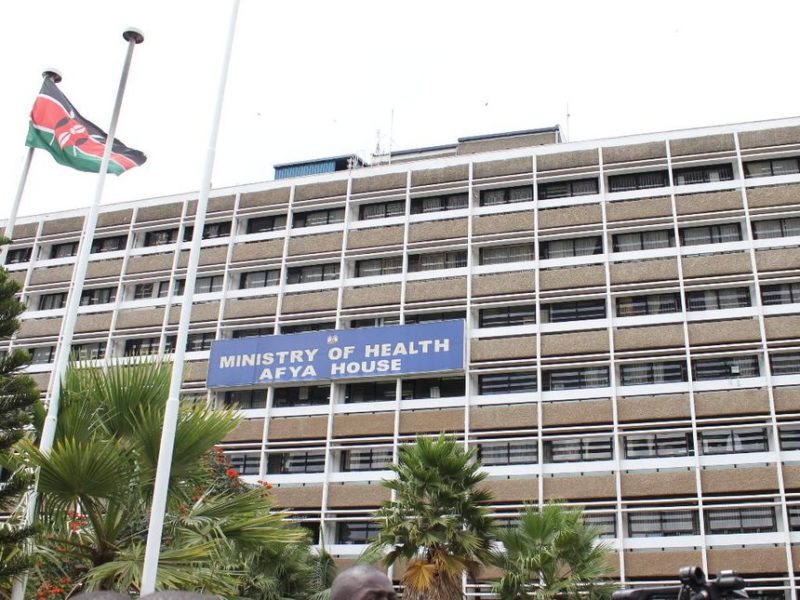We need to build people-centric health facilities

Achieving universal health care and health care equity needs building capacity and creating community health systems that are people-centric.
But then, the most important step in universal health care is availability of the requisite facilities. A functional health system builds facilities that are products of active collaboration and shared decision-making between the leadership, patients, families, the community and providers.
When a society has many facilities, but the design and management does not align with the social, economic and cultural realities of the locality it is serving, then the delivery of the healthcare, either in terms of quality or how it is delivered, will certainly not serve the public.
The recently opened Kerugoya Level Five Hospital in Kirinyanga seems to be blazing the trail in addressing some of the challenges highlighted in the 2022 Demographic Health Survey (DHS) released early this year.
The state-of-the-art complex offers a full spectrum of services, infrastructure and medical care. Kirinyaga seems to be following the insightful pathways that the demographic health survey suggest are critical in addressing access, equity and quality issues in health care. For a country that was recently struggling with health workers salaries, one would imagine that this development is just by default, but interaction with policy documents suggest otherwise.
Governor Anne Waiguru’s county’s development blueprint – the Mountain Cities 2032 – designates Kirinyaga Central as the Wellness City. This blueprint is a clincher of a legacy. The level five hospital increases the bed capacity from 250 to 432 and provides access to expert medical services.
Regardless of political leaning, we at least agree that both the national and county governments need to address health as one of the critical issues Kenyans are struggling with.
MPs need to be a lot more involved in conversations around access to quality health care for the people they represent.
For instance, maternal survival or mortality is a proxy marker of how people-centric a health system is or is not. Maternal mortality trends show that by the time Kenya achieves universal Skilled Birth Attendance (SBA), the rate at which pregnant women will die while giving birth will still be high at 270 deaths per 100,000 live births.
This now speaks to not only access but also quality and equity. A system that is not accessible and lacks the requisite quality to prevent death of women while they are giving life is not people centric.
Governor Waiguru’s Kerugoya Level Five hospital not only addresses maternal and neonatal care by providing these services, but has maternity wards spread in Kimbimbi, Kianyaga and South Ngariama Hospitals and a host of other primary healthcare centres and dispensaries spread across the county.
It is not like other governors are not working on big projects, but as a Kenyan, what would you rather have? The Governor’s mansion or a state-of-the-art medical facility?
Investing in health, especially access and quality, is about feelings: the feelings of the sick and for most families the feeling that a debilitating illness of a family member does not necessarily mean selling off family assets to go and camp at Kenyatta National Hospital.
Kirinyaga has the potential of building anchoring development on the health sector which will require and attract supportive economic activities that would create jobs, tap on the Mt Kenya rich agricultural production and boost the local economy. But then the issues of health financing are unaddressed, and it is now critical to bring on board all stakeholders to the critical conversations around sustainable health financing models.
Sustainable financing models will power access and maximum utilization of Kerugoya’s Level 5’s 341 inpatient beds fitted with oxygen, 24 ICU/HDU beds, a 40 crib newborn unit, cancer centre and oncology services among other specialty areas.
This will not only serve the Mt Kenya region, but also spare many families the journey to Nairobi.
— The writer is a PhD candidate in political communication















